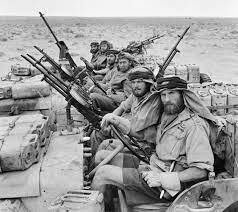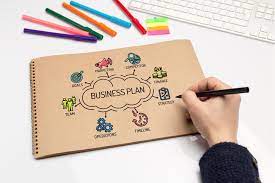Get a Custom Essay Paper that meets your expectations by clicking ORDER
History Argumentative Essay
Order Instructions:
Write a 1500 word history argumentative essay term paper in which you develop a thesis and support it using historical evidence and cited sources.
You should use a minimum of three different sources: at least one must be a printed source (book, article, journal) and at least one must be from an online source.
Cite all of your sources using footnotes or endnotes according the Chicago Manual of Style format
Choose ONE of the following topics below and right a 1500 word essay in which you support the position you adopt for or against one of the given propositions with historical evidence. Cite any quoted material using endnotes.
1. Religion was / was not a significant factor in the development of early world civilizations.
2. Trade was / was not a factor in generating cross-cultural contact between different civilizations.
3. Gender roles in early civilizations did / did not differ considerably from one society to another.
4. Settled agricultural societies were / were not superior to nomadic hunter-gatherer societies.
Below is a partial answer to the above homework questions by one of our writers. If you are interested in a custom non plagiarized top quality answer, click order now to place your order.
History Argumentative Essay
History Argumentative: Gender roles in early civilizations did / did not differ considerably from one society to another.
Gender roles are a prime subject for discussion in the modern society. The variant beliefs and ideology holdings of various individuals, scholars and researchers serve for a lengthy and sometimes heated discussion about the modern role of gender. However, these types of discussion have abounded for a long time. The concepts about the different roles of men and women have been a critical difference among persons holding different ideologies for several centuries.
The notion of these differences has not only been variant among men and women but also between different societies. This paper seeks to determine whether there were major differences in the gender roles in early civilizations and whether these differences varied between various cultures and societies.
The meaning of gender roles
While the sex of the individual is a biological phenomenon, gender is a social and cultural concept. Gender is, therefore, a social construction that seeks to differentiate the society by assigning behavior and expected attitudes towards certain issues and topics (Barkan and Hund 2015, 143 – 146 ). Therefore, the behavioral notion that implies the intrinsic differences in the manner in which men and women as well as boys and girls act is not because of biological inclinations but rather a societal shaping.
At birth, there are no predetermined gender roles (Barkan and Hund 2015, 144 – 145). Such roles develop as a result of the development and expectations learned from the society. Such lessons on the expectation of the society regarding gender roles begin early. Some early lessons such as some nursery rhymes have in them these lessons that teach the fundamental differences between male and female (2015, 145 – 146). Gender roles, therefore, are not as a result of the sex of the individual, but rather a conditioning by society to fit into the expected behavior and attitudes prescribed for a given gender.
Gender roles in the family unit
The basic societal unit of the family is where most teaching stems from. In addition, the family is the smallest unit where gender roles and the associated societal begin to play out. The traditional understanding that women are more nurturing than men are predisposes them to behave in a given way in the family. The view of increased femininity by the women ascribes the society to place the role of bringing up the family to them (Blackstone 2013, 336 – 337 ). Such expectations traditionally held the women to believe that their only rational full-time employment venture was in the home taking care of the family.
On the other hand, the male role in the family unit is one of leadership. Traditional societies viewed all male figures as being highly masculine and, therefore, assigned them roles based on physical, provisional, and permanent abilities required in such roles. These roles included the protection of the family, providing for all their financial and economic needs, provide guidance, and making the decisions for the family (Blackstone 2013, 336 – 337 ). In the early civilizations, such roles were handed out based on gender rather than on the ability of the individual.
Gender roles in leadership
Traditionally, the role of leadership was predominantly oriented towards the male figures in the society. This stems from the view in most of the traditional societies that the male figure was responsible for making decisions. In this context, the males in the majority of the early civilizations engaged in politics and agriculture (Lalonde 2015). Both of these activities were held in high esteem since they reflected power and wealth. In addition, the majority of the rulers in ancient civilizations were male, as were the leaders of the military units in various societies. There are, however, cases of a number of women who were decorated heroes and leaders in a number of early civilizations.
Gender roles in communication and influence
Enthusiastic communication and eloquence signify power, strength and leadership qualities of the individual. Given that most of the early civilizations and societies held such qualities as being manly and possessed by leaders, it was unusual to find an eloquent woman. As such, men in most of the early societies were nurtured to be good in communication and develop public confidence as part of their core skills (History World International 1992).
This societal and cultural development led to male dominance in areas that required good communication skills. This predisposition that favored the males in the society had a direct relationship on the influence held by such persons. As such, the influence held by men in such societies was much larger than the women, who were largely confined indoors….
History Argumentative Essay
Get a Custom Essay Paper that meets your expectations by clicking ORDER









